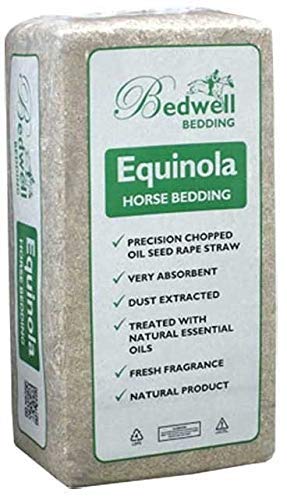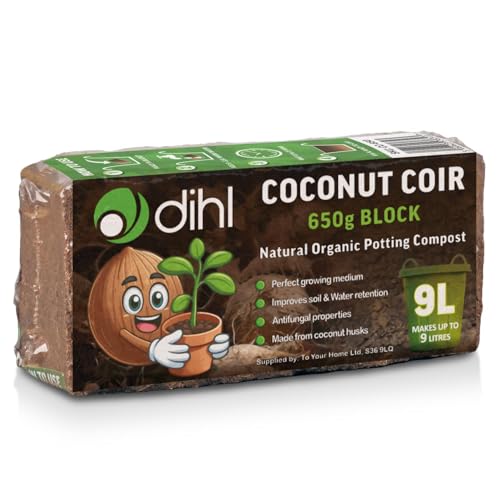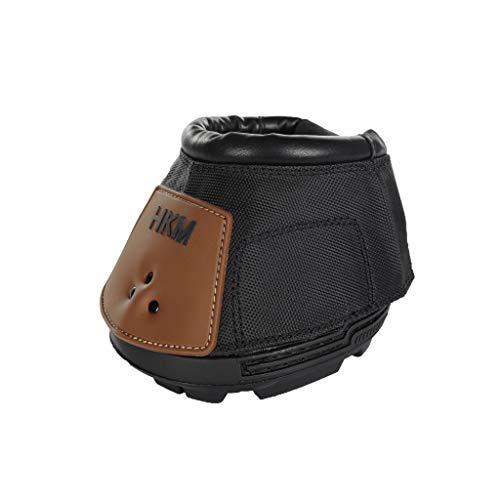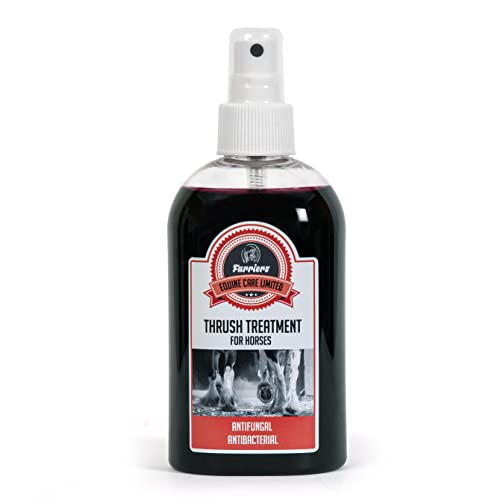What is Pine Bark Mulch and Why Should We Use It?
Understanding Pine Bark Mulch
Pine bark mulch is made from the bark of pine trees, shredded or chipped into smaller pieces to be used in gardens and landscaping. This natural product serves several purposes beyond just aesthetics; it regulates soil temperature, retains moisture, and suppresses weed growth. We use pine bark mulch because it not only enhances the beauty of our outdoor spaces but also provides a range of functional benefits to our plants and soil.
The Role of Pine Bark Mulch in Gardening
When we apply pineapple bark mulch around our plants, we create a protective layer that serves as a barrier against extreme temperatures. This thermal insulation helps keep our plants cooler during hot summer months and warmer in the winter. Additionally, by covering the soil, pine bark mulch minimises evaporation, ensuring that our plants have consistent access to moisture, which is especially crucial during dry spells.
The Benefits of Using Pine Bark Mulch in Your Garden
Promoting Healthy Soil and Plants
One of the remarkable benefits of pine bark mulch is its contribution to soil health. As it breaks down over time, it adds organic matter to the soil, enriching it and improving its structure. This process encourages beneficial microorganisms to thrive, which can promote healthier plant growth. Moreover, the acidity of pine bark can be particularly beneficial for acid-loving plants such as azaleas and blueberries.
Weed Suppression Advantages
Weeds can often become a gardener’s bane, competing with our beloved plants for essential nutrients and water. Pine bark mulch significantly reduces weed growth by blocking sunlight and creating a physical barrier. By simply applying a thickness of mulch, we can save time on weeding and let our plants flourish without unwanted competition.
Aesthetic Appeal and Versatility
Pine bark mulch comes in various sizes and textures, allowing us to choose a style that complements our garden’s design. Whether we’re looking for a rustic look or something neater and more polished, there’s a pine bark mulch option for every aesthetic. Its rich colour also enhances the visual appeal of our garden beds, pathways, and trees.
How to Choose the Right Pine Bark Mulch for Your Needs
Types of Pine Bark Mulch
When selecting pine bark mulch, we encounter different grades and sizes, from fine to coarse chips. Fine mulch is suitable for garden beds with delicate plants, while coarse mulch is optimal for larger landscapes or trees where sturdiness and durability are priorities. Understanding our garden needs will help us choose the right type that provides the best balance of aesthetics and functionality.
Considering the Source of Pine Bark Mulch
It’s essential that we pay attention to the source of pine bark mulch. Ideally, we want to look for mulches that are sourced sustainably and free from additives, such as pesticides or herbicides, to ensure we are using a natural product that is safe for our garden and the environment. Opting for quality products may come at a higher initial cost but can lead to better results and longevity.
Applying Pine Bark Mulch: Best Practices for Maximum Effect
Application Techniques
To achieve maximum benefits from pine bark mulch, we should apply it at least three to four inches thick around our plants and garden beds. This thickness helps ensure weed suppression and moisture retention. We also want to avoid piling mulch directly against plant stems or trunks, as this can cause rot and create an inviting environment for pests.
Timing of Application
The best time to apply pine bark mulch is during the growing season, ideally in late spring to early summer after the threat of frost has passed. This timing not only helps to retain moisture during warm weather but also allows the mulch to decompose gradually, enriching the soil as plants start to thrive.
Maintaining Your Pine Bark Mulch: Tips for Longevity and Effectiveness
Checking for Consistency
Once we have applied pine bark mulch, maintenance is key to ensuring its longevity. Over time, we should regularly check the depth of our mulch layer, adding more as needed to maintain that three to four-inch coverage. This practice helps preserve the benefits of weed suppression and moisture retention.
Refreshing the Mulch Layer
As the pine bark mulch decomposes, we will want to refresh it periodically. This can be done by simply raking the existing mulch and adding a new layer on top, which rejuvenates its appearance and functionality. Regular maintenance helps keep our gardens looking neat while ensuring that they continue to thrive.

























